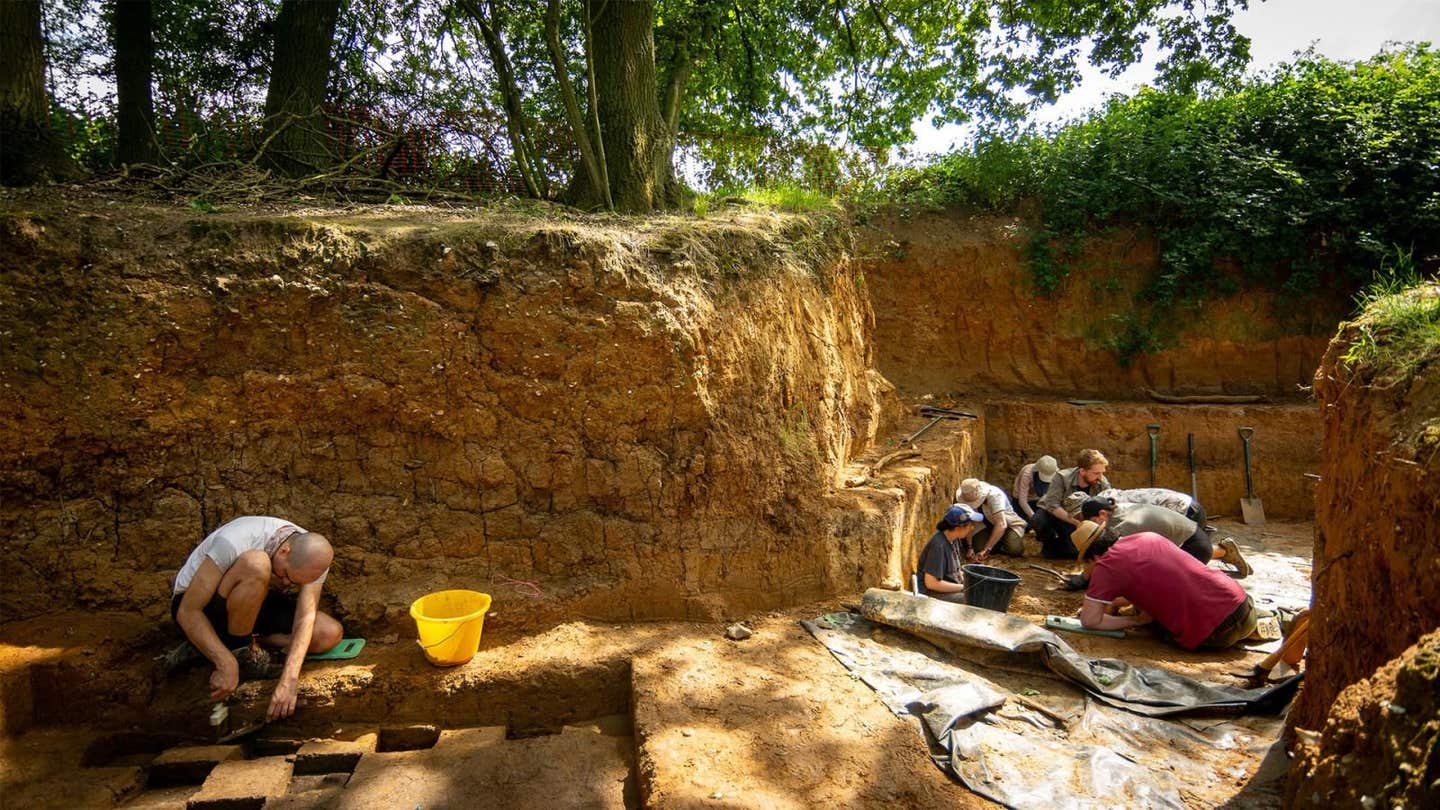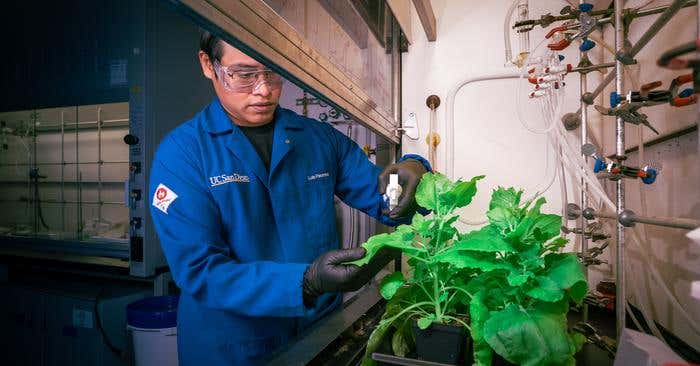This simple morning activity is the secret to a good night’s sleep
Consistently getting seven hours of quality shut-eye each night can significantly enhance various cognitive functions

Consistently getting seven hours of quality shut-eye each night can significantly enhance various cognitive functions. (CREDIT: Creative Commons)
If you're aiming for top-notch brainpower, don't overlook the importance of good sleep. Consistently getting seven hours of quality shut-eye each night can significantly enhance various cognitive functions, including creativity, problem-solving skills, memory retention, decision-making abilities, concentration, and overall performance.
Entrepreneurial challenges often lead individuals to sacrifice sleep in favor of productivity. However, relying on caffeine boosts throughout the day is not a sustainable solution.
As entrepreneur Jane shares, her previous reliance on minimal sleep coupled with caffeine intake left her feeling drained and unable to perform optimally.
While there's no shortage of advice on productivity enhancement, the significance of prioritizing quality sleep often goes unnoticed. However, if we're serious about nurturing a healthy brain and maximizing productivity, making sleep a top priority is essential.
Related Stories
Acknowledging that genuine insomnia affects many individuals, it's crucial to explore unconventional strategies for improving sleep quality and cognitive function. One such strategy involves exposing oneself to morning sunlight.
Morning Sunlight: A Key to Better Sleep
While it may seem unrelated, spending time outside in the morning plays a pivotal role in regulating the body's circadian rhythm. Scientific research published in Current Biology supports this claim, indicating that morning sunlight exposure can aid in resetting the body's natural sleep clock.
Natural light exposure influences the production of melatonin, the hormone responsible for promoting sleep. By aligning with the body's natural wake-sleep cycle, exposure to sunlight helps individuals fall asleep at the right time, ensuring a restful night.
Assessment of chronotype using the MCTQ database (N≈25,000). (A) Age distribution within the database. (B) Distribution of chronotypes. (CREDIT: Current Biology)
Beyond its sleep-regulating benefits, morning sunlight offers additional advantages. Research published in the New England Journal of Medicine highlights its role in promoting vitamin D production, essential for bone health, immune function, and mental well-being.
Moreover, sunlight stimulates the production of serotonin, a neurotransmitter known to positively impact mood and emotional well-being, as detailed in research published in The Biological Psychiatry journal.
Assessment of chronotype using the MCTQ database (N≈25,000). (C) Age-dependent changes in average chronotype (±SD) are highly systematic (except for the age groups of 19, 21, 22, and 23, all other age-dependent averages ± SD are significantly different from that of age group 20; t-test, p
Practical Implementation
To leverage the benefits of morning sunlight, it's recommended to spend 10-20 minutes outdoors upon waking. This could involve enjoying morning coffee on the patio or taking a brisk walk around the neighborhood.
If outdoor access is limited, indoor light sources mimicking sunlight can serve as viable alternatives. Light therapy, involving the use of specialized lightboxes, offers a clinical approach to addressing sleep and mood disorders.
Whether opting for natural sunlight exposure or light therapy, ensuring consistent exposure to light cues is essential for maintaining a healthy sleep-wake cycle.
By recognizing the importance of sleep hygiene alongside productivity strategies, individuals can optimize brain performance and achieve greater success in their endeavors.
Note: Materials provided above by The Brighter Side of News. Content may be edited for style and length.
Like these kind of feel good stories? Get the Brighter Side of News' newsletter.



